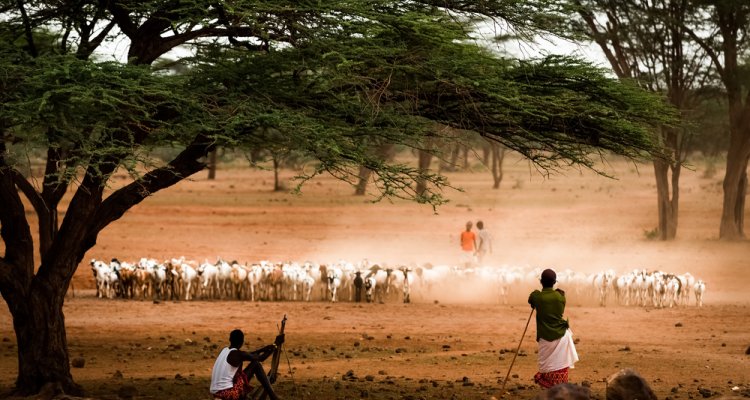
PhD defence
Nutrient use and recycling in urban, peri-urban and rural farms in Ethiopia
Summary:
Urban population growth is rapidly increasing in developing countries, and fueling urban food demand. As a consequence, urban and peri-urban agriculture (UPA) is becoming important, providing food and jobs. Ethiopia is among the rapidly developing countries and the second most populous country in Africa after Nigeria. The diversity and performance of UPA in Ethiopia is not well-known, especially the use and recycling of nutrients in livestock manures and household wastes in UPA and rural farms are unknown.
The aim of this thesis is to increase the insights on the diversity and the performances of UPA farms, with focus on the use and recycling of nutrients in urban livestock manures and wastes, for closing the urban rural nutrient loops. A combination of farm surveys in three cities (Addis Ababa, Adama, and Jimma), nutrient budgeting, simulation modeling and field experiments were used to examine the current situation and to explore various scenarios for 2050. Three main scenarios were explored: (1) Increased urbanization, (2) Intensification of UPA and (3) Technological changes.
Six UPA farm types were distinguished: commercial livestock, commercial vegetable, subsistence field crop, and combinations of these three, through principal component analysis. Most of the farms were mixed farms, with variable proportions of nutrient resources allocated to livestock. Livestock farms had relatively high farm income and high N, P and K surpluses, while subsistence field crop farms had low farm income and deficits of N, P and K on the input-output balances. There was little or no exchange of manures and wastes between livestock farms and crop farms in the urban areas, and also no transfer of manures and wastes from the urban areas to the rural areas. UPA farms had on average positive N, P and K balances while farms in the rural areas had negative N and K balances, but positive P balances (through the use of subsidized NP fertilizers). Estimates suggest that 0.5-2.6 Gg N, 0.2-0.8 Gg P and 0.9-3.7 Gg K could have been collected in manures and household wastes in Addis Ababa year-1 in 2015, and recycled in crop farms, which would have saved 75-300 million Ethiopian Birr on synthetic fertilizers.
Forecasts indicate that the urban population in Ethiopia will increase by 3 to 5%, and that UPA will also increase between 2015 and 2050. Scenario analyses indicated that livestock manures were the main organic wastes in the urban areas, although only 20-40% of animal source food consumed was produced in UPA, and only 14-19% of protein intake by citizens was animal-based. My scenario analyses suggest three important needs: (i) reducing population growth and urbanization, (ii) improving crop and livestock productivities and (iii) increasing manures and wastes recycling.
